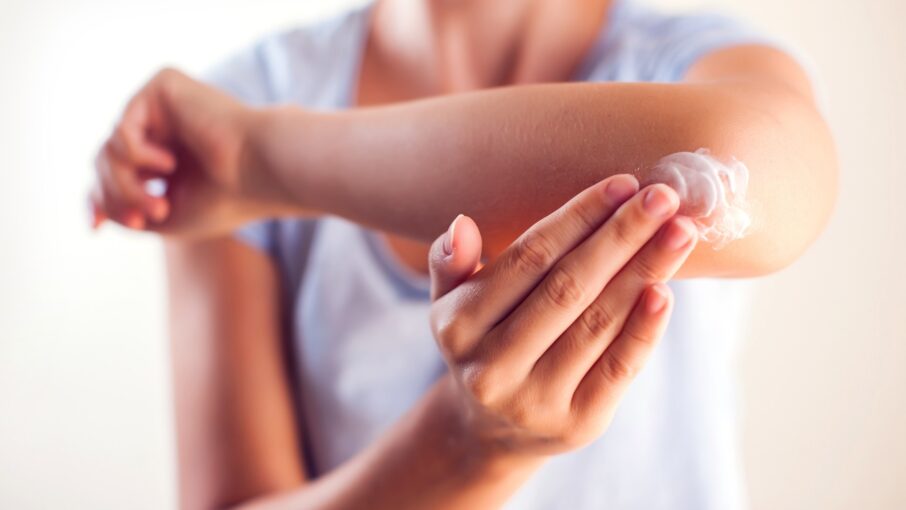One of the Merriam-Webster dictionary definitions of topicals is an adjective or action word, meaning -designed for or involving local application and action (as on the body). As in a topical anaesthetic, a topical cannabis cream, a topical remedy.
The local application of a topical cannabis format can provide effects at the skin surface, or regional in a larger and deeper area under the surface, or in a generalized way by providing and delivering ingredients that can enter the bloodstream through the skin.
Surface topicals target endocannabinoid receptors in the outer most layer of the skin, the stratum corneum and the epidermis for skin hydration, pigmentation, itchiness, nerve sensation. Regional targets are in the dermis with receptors on nerve, immune, sebum, hair, sweat and connective tissue cells. As seen in our last blog post.
The two main components of topicals are a base formula, and active ingredient(s). The base formula is the workhorse in providing successful topical treatments. The base needs components to deliver the active ingredients to the targeted area and penetrate the skin’s first line of defense, the stratum corneum. A pleasing touch and pleasant scent add to the self care routine. The base needs to provide an antimicrobial environment to keep the topical free of bacteria, fungus, and mold. Topicals are meant to offer remedy and self care and importantly, they should not expose you to artificial ingredients, hormone, or immunity disruptors.
The active ingredient(s) in a topical can be a single composition or a group of components for a single or multiple functions at its targeted site. Cannabis active ingredients can include cannabinoids, terpenes, and/or flavonoids, and be combined with pharmaceuticals or other ingredients.
Next Time “What’s in Our Topical?”


